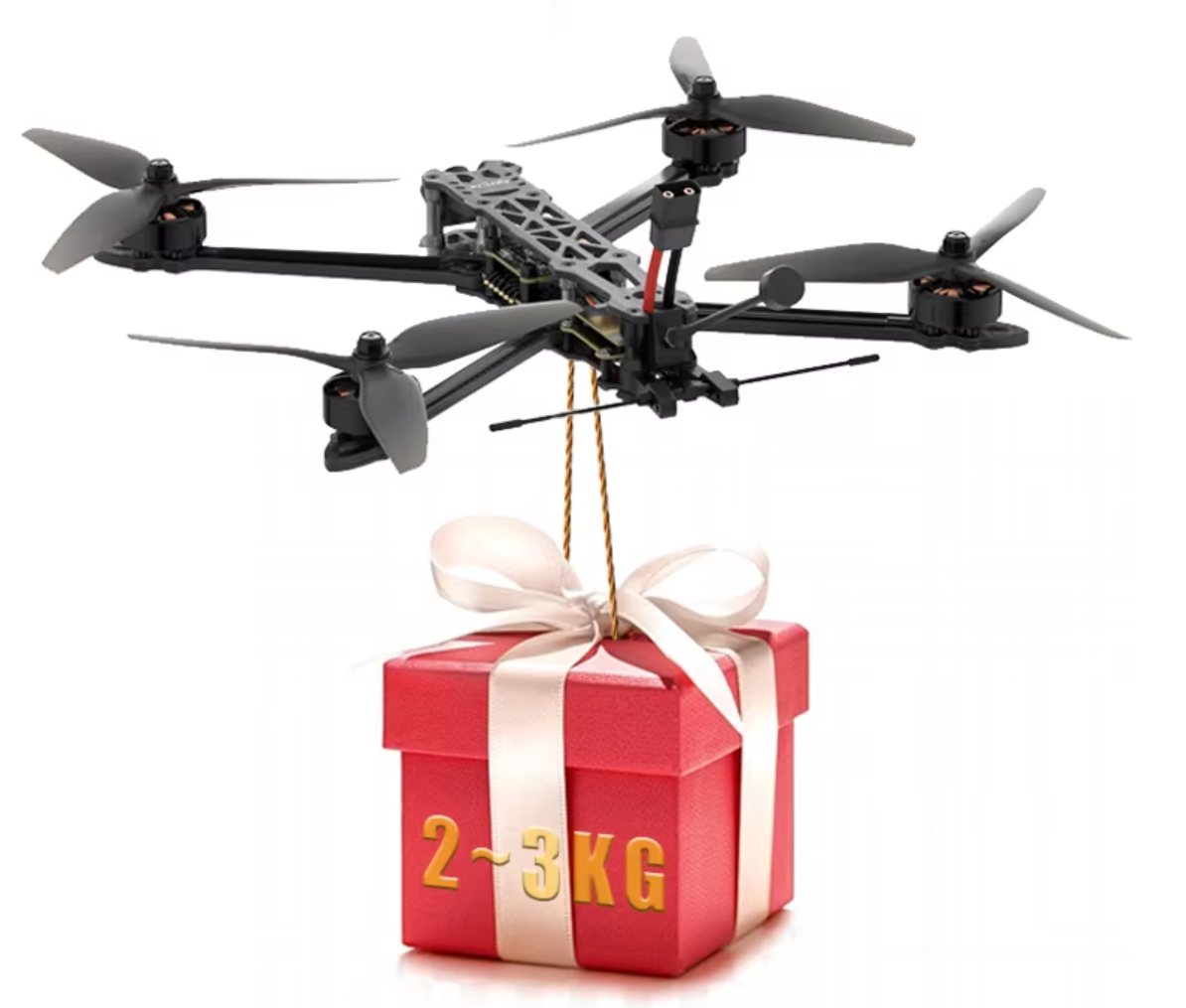Technical comparison between NB-IoT and eMTC
With the continuous advancement of mobile communication technologies, the Internet of Things (IoT), particularly low-power wide area network (LPWAN) solutions like NB-IoT and eMTC, has experienced significant growth. These technologies are designed to support a wide range of IoT applications, from smart meters to connected vehicles, each with its own set of advantages and use cases.
When comparing NB-IoT and eMTC, it becomes clear that both are LPWAN technologies but serve different purposes. NB-IoT is ideal for low-data-rate, long-range, and power-efficient applications, while eMTC offers higher data rates, better mobility, and voice support. This distinction has influenced the strategies adopted by China's three major operators—China Mobile, China Unicom, and China Telecom.
Globally, operators such as AT&T, Verizon, KDDI, KPN, Orange, NTT DoCoMo, Telefonica, Telstra, and Telus have already launched commercial eMTC services. In China, the situation is more complex. China Telecom has taken a lead in deploying NB-IoT, planning to build 300,000 NB-IoT base stations after establishing 800MHz network capabilities. China Unicom signed an exclusive agreement with Jasper and has focused on NB-IoT early on. Meanwhile, China Mobile remains uncertain between NB-IoT and eMTC, partly due to the limitations of its TDD network and the need to secure FDD licenses.
This paper explores how the three major Chinese operators are approaching NB-IoT and eMTC from the perspectives of demand, technology, and current market conditions. It also analyzes their respective strategies and provides recommendations based on their network capabilities and business needs.
Looking at China Unicom, the company announced plans to deploy eMTC networks in 2018 and emphasized the importance of eMTC for high-traffic, low-latency applications like vehicle networking. However, its development plan for eMTC remains unclear. China Telecom has not publicly supported eMTC, instead stating it will adopt it when standards and industry maturity allow. On the other hand, China Mobile has made progress in eMTC deployment but has not officially outlined a detailed strategy.
From a technical standpoint, NB-IoT and eMTC differ in several key areas. NB-IoT offers lower cost, wider coverage, and larger cell capacity, making it suitable for static, low-data applications. eMTC, on the other hand, supports higher speeds, mobility, and voice, making it ideal for dynamic, high-performance scenarios.
The choice between these two technologies depends on the specific application. For example, utility meters, street lights, and waste bins benefit from NB-IoT’s low power consumption and deep coverage. In contrast, logistics tracking, smart wearables, and elevator systems require the faster data transfer and mobility features of eMTC.
In terms of network infrastructure, each operator has unique strengths and limitations. China Unicom has limited 2G coverage and lacks CAT.0/CAT.1 networks, while China Telecom is developing VoLTE and CAT.1 capabilities. China Mobile, despite having a strong 2G network, lacks FDD licenses and CAT.0/CAT.1 support.
Considering these factors, the demand for NB-IoT and eMTC varies among the operators. China Telecom shows the strongest interest in NB-IoT, followed by China Unicom and then China Mobile. For eMTC, the order is reversed: China Mobile leads, followed by China Unicom and then China Telecom.
Government policy and industry support also play a crucial role. While NB-IoT has received more attention and investment, eMTC may gain traction as the market matures and specific use cases emerge.
Based on this analysis, the following recommendations are proposed:
For China Unicom: Prioritize NB-IoT development while keeping eMTC as a technical reserve. Avoid rushing into full-scale eMTC deployment until the market is mature.
For China Telecom: Focus on expanding NB-IoT and integrate it with VoLTE. Adopt a wait-and-see approach for eMTC until there is clearer demand.
For China Mobile: Balance NB-IoT and eMTC development. Actively promote eMTC, learning from international examples, rather than waiting for others to lead.
In conclusion, the future of NB-IoT and eMTC in China will depend on a combination of technological readiness, market demand, and strategic decisions by the operators. Both technologies have a place in the evolving IoT landscape, and a balanced approach will be essential for long-term success.
FPV Drones 7 10 13 Inch Heavy Payload Long time Flight with Night Vision Camera Racing FPV Drones,I hope this drone can bring you passion and happiness. Please do not use it for war


FPV uav used for throwing,Night Vision Camera Racing FPV Drones,Customized Throwing FPV drone,FPV Unmanned Aerial Vehicle Used for Throwing
Jiangsu Yunbo Intelligent Technology Co., Ltd , https://www.fmodel-ai.com